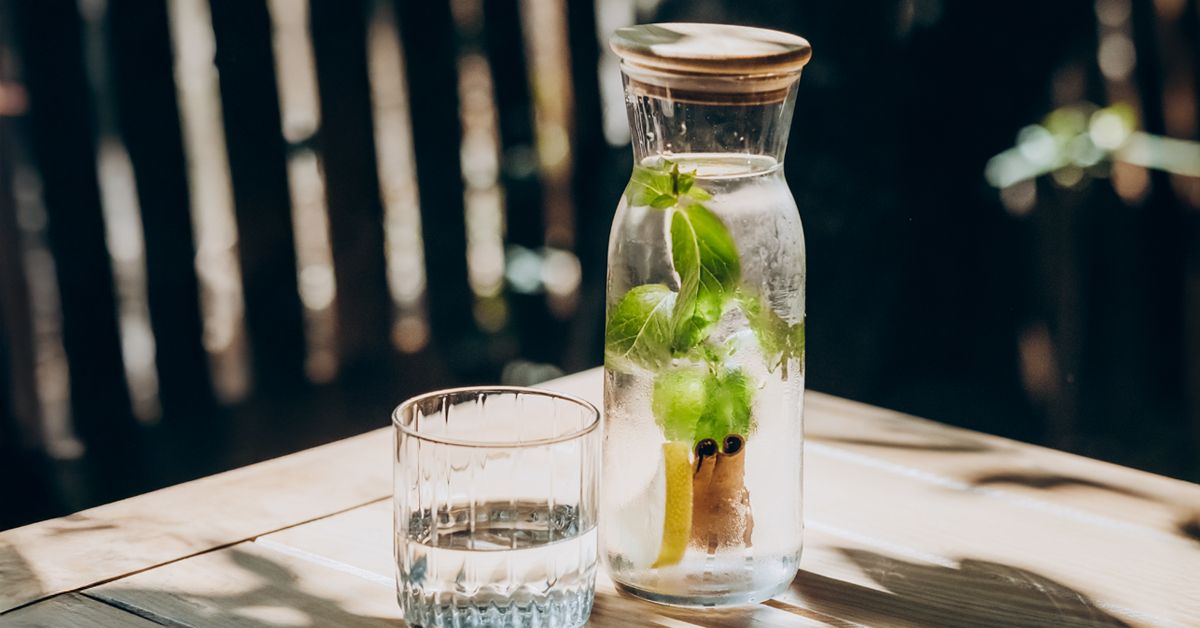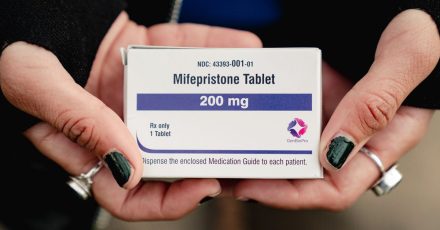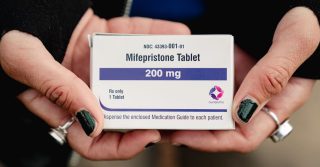A social media trend called “loaded water” — beverages infused with fruit, electrolytes, prebiotics, or other flavorings — promises tastier hydration and perks like more energy and fewer sugar cravings. TikTok and other platforms are full of recipes, from fruit-studded pitchers to fizzy prebiotic sodas. But do these additions actually help?
Why people try loaded water
Many people find plain water boring and struggle to drink enough. Adding colorful fruit, flavorings, or functional ingredients can make fluids more appealing and encourage greater intake. From a behavior-change standpoint, anything that helps someone drink more is useful, say registered dietitians. Beyond taste, some people seek specific effects such as improved energy, electrolyte balance, or gut benefits.
What ingredients can do
– Electrolytes: Coconut water or electrolyte powders add potassium, sodium, and sometimes magnesium. These can help people who sweat a lot (long workouts, hot conditions, or physical labor) restore minerals lost through sweat, support fluid balance, nerve and muscle function, and help stabilize energy and blood sugar — which in turn can reduce sugar cravings tied to energy dips.
– Fruit: Fresh fruit slices add flavor and small amounts of micronutrients and antioxidants. They’re lower in sugar than juices or syrups when used sparingly.
– Prebiotics: Ingredients like inulin or chicory root fiber can support gut bacteria and digestion for some people, potentially helping with nutrient absorption and steady energy. But prebiotics can cause bloating or gas for others, so tolerance varies.
Potential downsides
Not all loaded water recipes are low-calorie or low-sugar. Fruit juices, syrups, and many commercial flavor powders can add meaningful sugar and calories. Electrolyte additions aren’t necessary for everyone and could be harmful for people with conditions like high blood pressure or kidney disease if intake is excessive. Prebiotics may trigger digestive discomfort in some people.
How it compares with plain water
For most people, plain water provides adequate hydration. Loaded water is not essential, but it can be a practical tool to increase fluid intake or replace sugary beverages. Electrolyte-enhanced drinks are mainly useful for people who lose a lot of sweat or have higher electrolyte needs. For others, a balanced diet typically supplies needed minerals.
Tips for trying loaded water safely
– Use whole fruit slices rather than fruit juices, syrups, or highly processed powders to limit added sugar.
– If using juice or syrup, dilute heavily (for example, 1 part juice to 5–10 parts water).
– If trying prebiotic sodas or powders, start with a small amount to assess tolerance and avoid digestive side effects.
– Talk with a healthcare professional before adding electrolyte supplements if you have kidney disease, heart conditions, or other health concerns.
– Track plain water intake if you prefer not to “jazz up” your drinks; general guidance is roughly 9–13 cups per day depending on age, sex, activity, and climate, but individual needs vary.
– Avoid excessive plain water intake, which can lead to electrolyte imbalance.
Other simple hydration habits
– Replace soda with water.
– Keep a filled water bottle with you.
– Set reminders to drink water hourly and drink before and after meals.
Bottom line
Loaded water can be a helpful, enjoyable way to stay hydrated and may offer benefits — especially for people who exercise or need better adherence to drinking fluids. However, plain water is usually sufficient for most people, and some loaded recipes add unnecessary sugar, calories, or electrolytes. Choose whole fruit and moderate amounts of functional ingredients, start slowly with prebiotics, and consult a clinician if you have underlying health conditions. The most important goal is consistent hydration.






